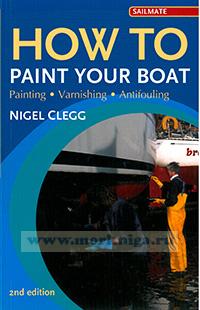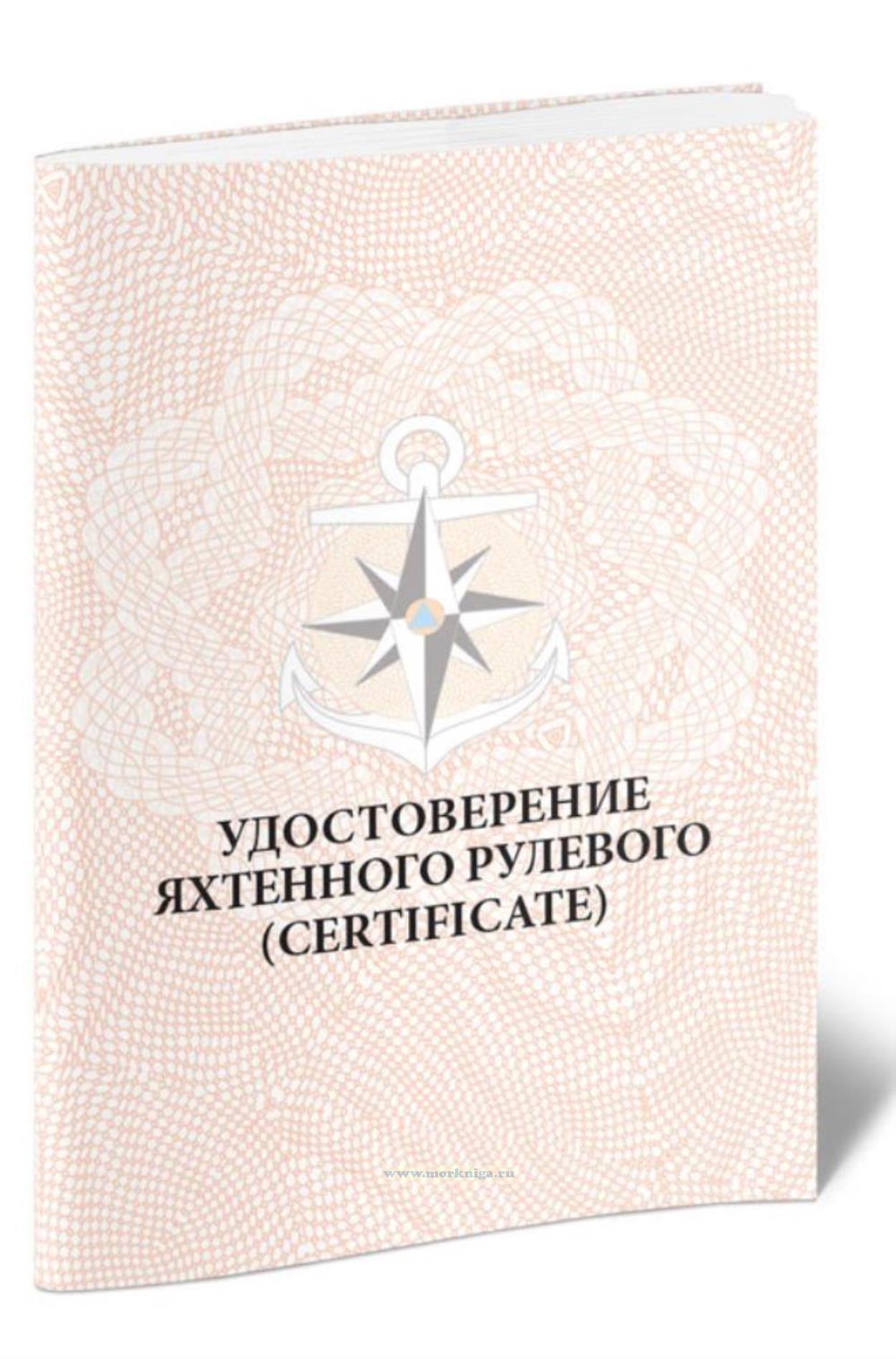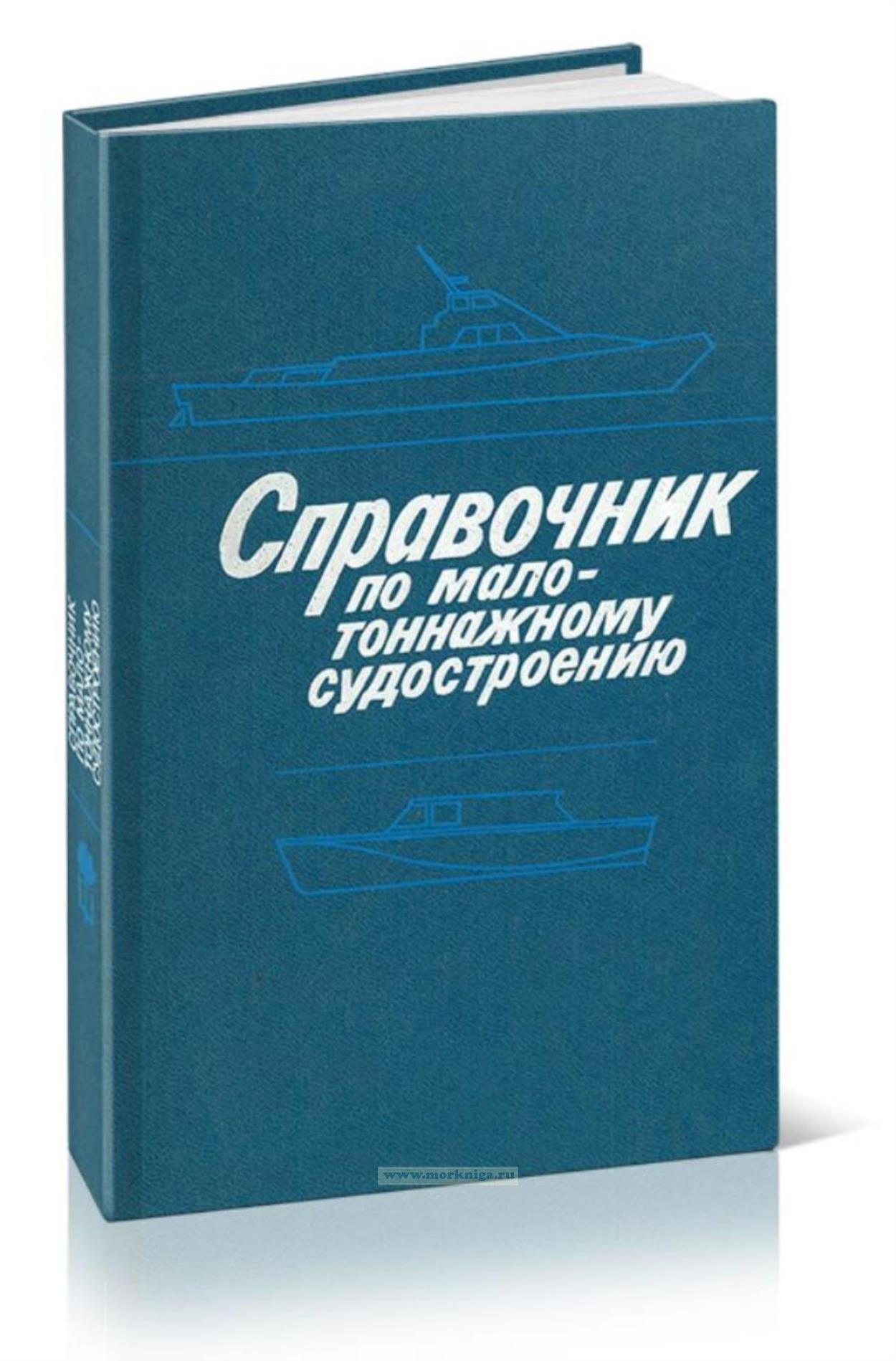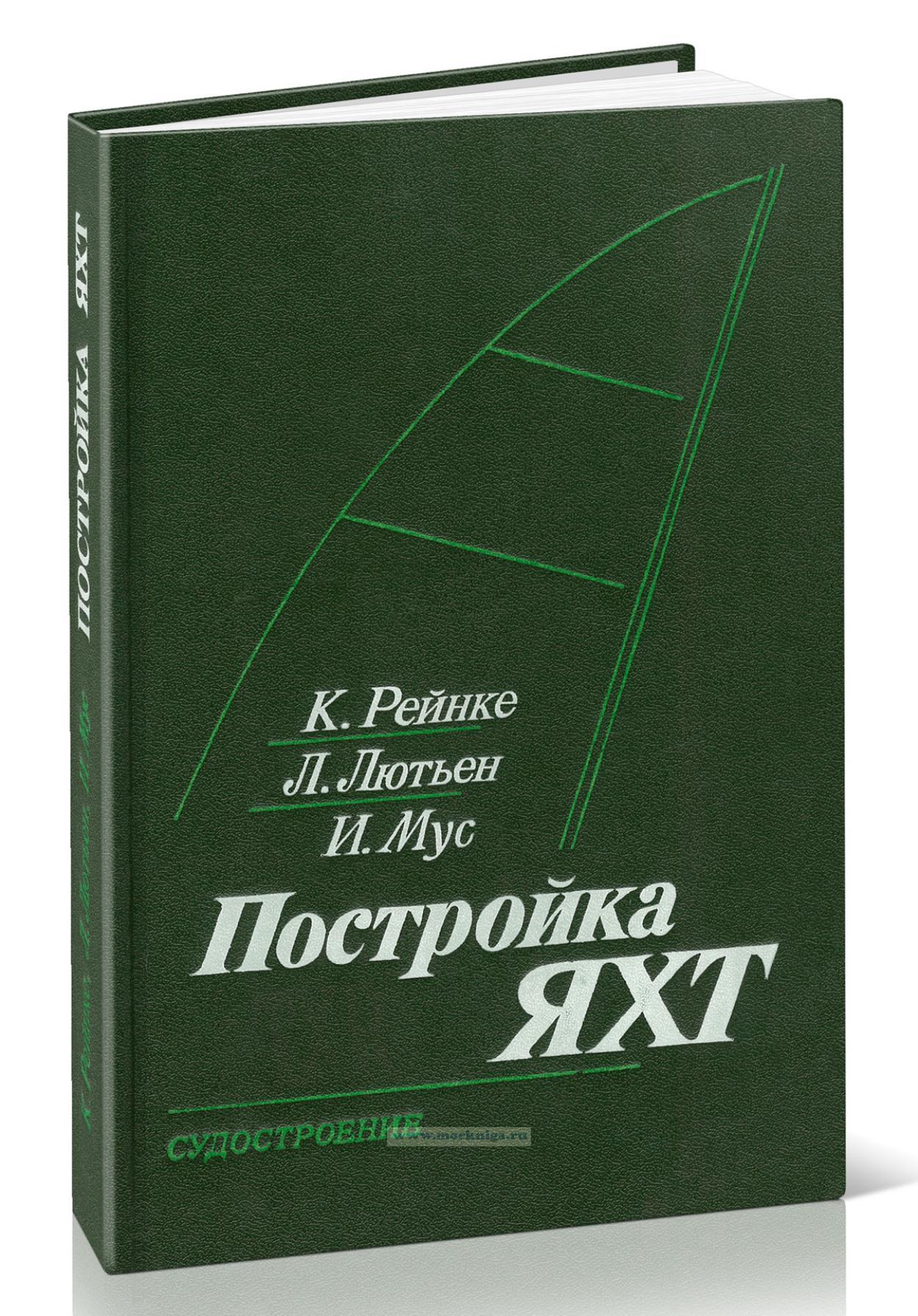How to Paint Your Boat
Мы не можем гарантировать его наличие и поступление на наш склад по указанной цене
Книга на английском.
См. также Окраска маломерных судов
Содержание
INTRODUCTION
1 ACKNOWLEDGEMENTS BACK TO BASICS
2 PERSONAL HYGIENE AND SAFETY
3 WHAT IS PAINT?
Resins ? Two-component epoxies ? Two-component polyurethanes ? Other types of resin ? Pigments and extenders ? Solvents, diluents and thinners ? Additives ?Paint manufacture
4 SURFACE PREPARATION
Existing paint schemes ? Preparation ? Glassfibre ? Steel ? Aluminium alloy ? Galvanised, zinc sprayed and aluminium sprayed steel ? Timber ? Ferro-cement ? Stainless steel ? Cast iron keels ? Lead keels ? Tanks and bilges ? Water and fuel tanks ? Applying paint in tanks and yacht interiors ? Cleaning and degreasing ? Silicone contamination
5 PAINT REMOVING METHODS
Use of paint strippers
6 COATINGS SPECIFICATIONS AND PRODUCT APPLICATION Clear wood primers ? Etch primers ? Holding primers
?Profiling fillers ? Primers (general) ? Undercoats ? Yacht finishes ? Measuring film thickness ? Satin and matt finishes
7 COLOUR MATCHING
8 ON BOARD AND PREVENTATIVE MAINTENANCE Cosmetic repairs ? Blistering, corrosion and rot
9 ANTIFOULINCS
The fouling challenge ? Types of antifouling ? Use and application of antifoulings ? Boot tops and waterlines
10 THE IMPORTANCE OF TEMPERATURE AND RELATIVE HUMIDITY
Heating equipment ? Painting at high temperatures
11 APPLICATION EQUIPMENT
Brushes ? Rollers ? Paint pads ? Spray guns
12 FAULT FINDING GUIDE
13 HEALTH AND SAFETY WHEN USING PAINTS Solvents and thinners ? Occupational exposure limits ? Skin contact ? Precautions ? Disposing of paint and solvent
GLOSSARY OF PAINTING TERMS
CONVERSION TABLES
USEFUL ADDRESSES
INDEX

 Удостоверение яхтенного рулевого
Удостоверение яхтенного рулевого  Справочник по малотоннажному судостроению
Справочник по малотоннажному судостроению  Постройка яхт
Постройка яхт